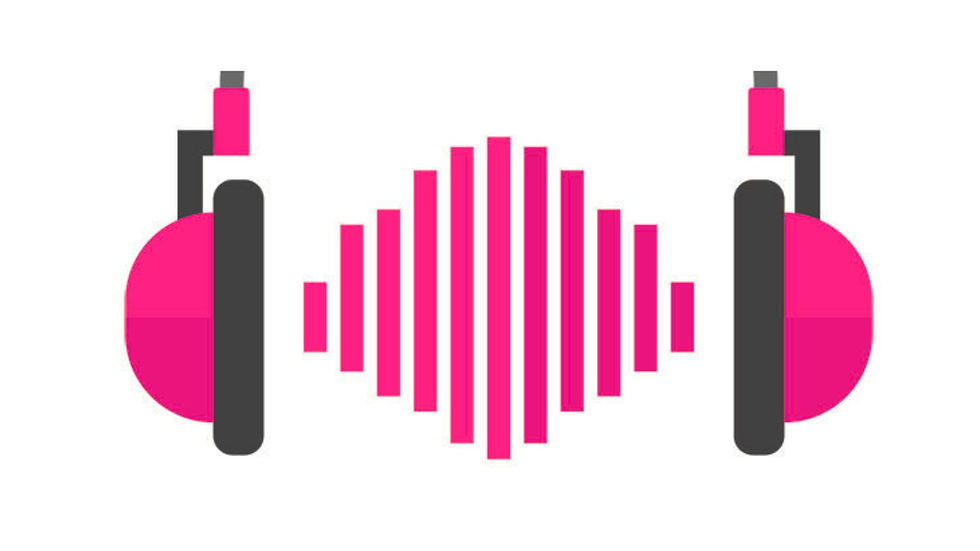Students Are People Too: Behaviour Advertising works.
- TeamJACK
- Mar 1, 2024
- 4 min read
In the rapidly evolving competitive higher education landscape, both Universities and Colleges are increasingly adopting sophisticated marketing strategies. This is particularly evident in Post-1992 Universities with a focus on Experiences.

Among these strategies, behavioural advertising stands out for its ability to tailor messages to individual interests and habits, proving that understanding students as people—each with unique behaviours and preferences—is key to effective recruitment.This approach, especially when employed through a high-frequency, multi-channel strategy that goes beyond paid social to in-game environments and integrates into the everyday lives of students, can significantly enhance the effectiveness of student recruitment campaigns.
The Power of Behavioural Advertising: A Neuroscience Perspective
Behavioural advertising, with its roots deeply embedded in understanding and influencing consumer behaviour online, not only leverages technology but also the insights provided by neuroscience. This approach goes beyond merely tracking online activities; it taps into the fundamental ways our brains process information, make decisions, and form connections. For educational institutions, applying these insights means crafting recruitment strategies that are not just seen but deeply felt by prospective students.
Understanding the Brain's Response to Relevance
Neuroscience tells us that the human brain is wired to pay attention to information that it deems relevant and valuable. When prospective students encounter advertisements that directly align with their interests, needs, and aspirations, the brain's attentional mechanisms are activated. This selective attention is critical in the crowded digital space where countless pieces of information vie for our attention. By ensuring that the content is highly relevant, behavioural advertising significantly increases the chances that the message not only captures attention but also leaves a lasting impression.
Emotional Engagement and Memory Formation
Emotion plays a pivotal role in decision-making and memory formation. Neuroscience research has shown that emotionally charged events are better remembered than neutral events. Behavioural advertising, by catering to the individual interests and aspirations of prospective students, has the potential to evoke emotions—whether it's excitement about a unique course offering, a sense of belonging from images of campus life, or relief from learning about scholarship opportunities. This emotional engagement is key to creating memorable experiences that can influence a student's decision-making process when choosing an educational institution.
The Role of Dopamine in Engagement
The neurotransmitter dopamine is often associated with the brain's reward system, playing a significant role in how we perceive pleasure and motivation. When students encounter personalised advertisements that resonate with their personal goals and interests, it can trigger the release of dopamine, making the engagement with the ad more rewarding. This positive reinforcement encourages continued interaction with the institution's content, enhancing the effectiveness of the recruitment campaign.
Building Trust Through Personalisation
Trust is a critical factor in the decision-making process, especially when it comes to choosing an educational institution. Neuroscience has shown that personalised experiences can increase the perception of trustworthiness and reliability. Behavioural advertising allows schools to demonstrate their understanding and commitment to meeting the individual needs of prospective students. By presenting tailored information that reflects the students' specific interests and aspirations, institutions can build a foundation of trust that is essential for any successful recruitment strategy.

Beyond Paid Social: A Multi-Channel Approach
While paid social media campaigns are a crucial component of any digital marketing strategy, limiting efforts to these platforms alone means missing out on numerous opportunities to engage potential students. Today's students are digital natives, navigating a vast online ecosystem that extends far beyond traditional social media platforms.
In-Game Advertising
One innovative channel that has shown promise in reaching younger audiences is in-game advertising. Video games are a staple of entertainment for millions of students worldwide, presenting a unique opportunity for educational institutions to introduce their offerings in an environment where students are already engaged and attentive. Whether through banner ads in mobile games or sponsored in-game events, the immersive nature of gaming allows for creative and subtle advertising that feels less intrusive and more like a natural part of the gaming experience.
Integrating into Everyday Lives
The goal of a high-frequency, multi-channel approach is to become a seamless part of potential students' everyday lives. This can be achieved through a combination of online and offline channels—ranging from digital ads in mobile apps and websites they frequently visit, to more traditional methods like direct mail customised based on online behaviour. The idea is to create multiple touch points that reinforce the institution's message, making it familiar and top-of-mind among prospective students.
The Effectiveness of Behavioural Advertising in Student Recruitment
The effectiveness of behavioural advertising in student recruitment lies in its ability to deliver the right message, to the right person, at the right time. By analysing behavioural data, educational institutions can identify patterns and preferences among their target demographic, allowing them to craft messages that resonate on a personal level. This not only increases the chances of engagement but also builds a sense of connection and relevance between the student and the institution.
Moreover, a multi-channel approach ensures that these personalised messages reach potential students across the diverse range of media they consume daily. By meeting students where they are—whether scrolling through social media, playing a video game, or navigating the web—educational institutions can effectively insert themselves into the lives of their target audience in a way that feels natural and unobtrusive.



